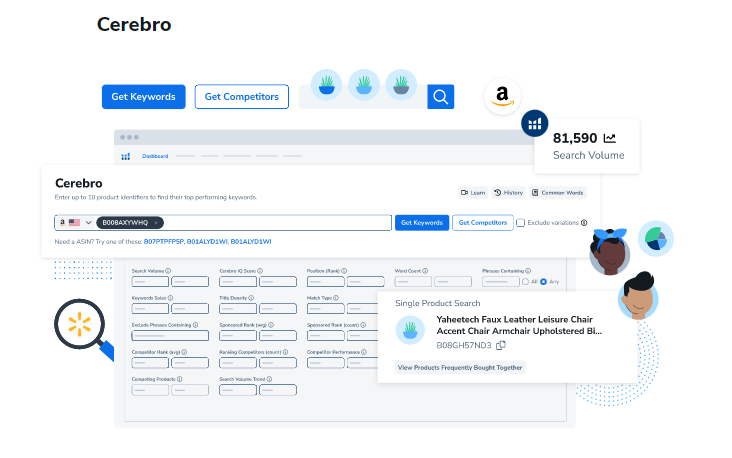
A publication recently asked our experts to share their best tip for optimizing ecommerce product detail pages (PDPs). They wanted to know how it would impact organic search and how we balance SEO with CRO. Our response included two types of product detail pages – DTC websites and Amazon listings – because these days many ecommerce retailers have both, and the approaches are quite different.
The SEO silver bullet for DTC websites
The same SEO best practices that apply to websites in general apply to PDPs. Of course, there are certain nuances you need to focus on more with a PDP because:
- There are accepted PDP UX practices
- Consumers scan for certain information
- Long-form content is not typical
However, the one tip we would share is not specifically about on-page SEO. Instead, it’s on the Google organic search results experience.
Appearing in Google SERPs is SEO’s objective, but securing the click-through is arguably a more important objective. This is because more clicks and engagement drive organic ranking and sales, and because optimizing an organic search result only needs to be done once for all your ranking keywords. You can expect a 25% or more increase in click-through rates, which can translate directly into sales. This silver bullet is valuable for both SEO and CRO, which often have conflicting methods.

Take the Trtl Travel Pillow as an example. It’s the highest ranked single product when you search “travel pillow” behind the SEO powerhouses of review and prominent news sites. Clearly Trtl’s PDP is heavily optimized, with keyword-rich, unique, and educational content (the type Google loves). However, the organic result itself ensures that consumers are most likely to click through. It contains a clear product image, plus rich snippets for:
- Rating score
- Number of reviews
- Price
- Delivery information
- Returns information
- Stock information
These educate consumers up-front and ensure they know what they are clicking on. This will lead to fewer bounces, deeper engagement, and higher sales conversions.
To achieve this, you first need to include all of that content on your PDPs, which might mean investing time and money on attracting reviews, for example. Then you need to ensure that Google can ‘read’ it all through metadata and structured data / schema markup. For ecommerce platforms like Shopify, there are apps for this, or you can choose to add it manually on other ecommerce platforms. This structured data also provides SEO juice. And, as mentioned earlier, this one key thing provides both CRO and SEO benefits.
The SEO silver bullet for Amazon listings
Amazon SEO has the same principles as website SEO, but there are many key differences with implementation. For example, there are heavy restrictions on what you can and can’t say on your listings, and Amazon may not implement your listing changes. However, the biggest difference is Amazon, unlike Google, provides data on relative organic keywords and sales performance for you and your competition, enabling you to implement a drastically different approach to SEO.
The one tip we would share about Amazon SEO: strategically utilize this data Amazon provides to ensure you are targeting the right keywords and track your relative performance with those keywords vs. the competition.

Tools like Helium 10’s Cerebro allow you to conduct reverse ASIN (SKU) lookup to see what keywords your main competitors are ranking for. You can then assign each keyword a relevancy score by combining it with the keyword search volume. This enables you to gauge the most effective keywords for your brand and adjust your product titles, content, and backend metadata.
You can also take it a step further by looking at which competitor products have the highest sales and conversions (Amazon provides this data). You can draw conclusions on which keywords will drive qualified traffic and have the greatest purchase intent. This enables you to focus less on the high frequency search terms everyone is probably stuffing into their listings, and more on the more unique keywords that will lead to conversions.
And, similar to Google, Amazon’s algorithm ranks high-converting, better-selling products higher in organic search results. Just like the DTC approach, there is overlap between CRO and SEO when you implement this one key thing.

